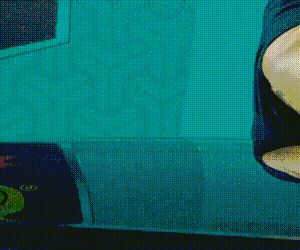
Australia has had a long love affair with Subaru stretching back to the indestructible L-Series wagons and Brumby utes of the 1980s. Fans have rallied around the brand’s core advantages – the boxer, horizontally-opposed four-cylinder engine mounted low in the chassis, aiding handling; and the almost doctrinal fitment of all-wheel-drive across the entire Subaru range, right down to base model Impreza.
In 2024, however, as the world eyes an electric future, Subaru faces an identity crisis. Electronic Stability Control has diminished the old security and safety advantages of mechanical, full-time all-wheel-drive; and flat electric vehicle architectures are now offering the same advantages of the low-slung boxer.
How will Subaru differentiate itself? The new Solterra SUV offers a glimpse. Subaru’s first electric car – ignoring a few concepts and a battery-powered Kei van sold in Japan in the 1990s – the Solterra shares its platform with Toyota’s own first electric car, the BZ4x. Think of it as the electric SUV version of the old 86/BRZ tie-up.

Getting into the Solterra, the first thing you notice is the very unusual arrangement of the 7.0-inch digital instrument cluster. Subaru has mounted it so high it forces you to have the steering wheel unusually low, which takes some getting used to. The interior, otherwise, is spacious, reasonably premium with a sensible, practical vibe.
Like every other EV, the Solterra starts silently and at urban speeds, moves around beautifully smoothly and quietly. This could be the most refined Subaru ever.
There’s also decent punch from its dual electric motors, which offer 160kW and 337Nm, making the Solterra quite fun – even if its acceleration is ultimately blunted somewhat by the Solterra’s 2060kg tare weight.
The ride quality, especially on 100km/h country roads, is comfortable, and the handling is enjoyable with a nice fluidity. That said, tyre and wind noise are a bit higher on country roads than we would strictly like.
Range, however, is the Solterra’s biggest weakness. With its 64kWh (useable) lithium-ion battery pack, Subaru claims 485km on the less accurate NEDC cycle. Our own testing indicates around 350km to 375km is more likely, which is not great by modern EV standards.

Fortunately the Solterra can accept up to 150kW from a public DC fast-charger, which can get you from flat to 80 percent battery in about 30 minutes. Charging from flat to 100 percent using a home powerpoint will take 35 hours, while a single-phase 7kW wallbox is 9.5 hours and a three-phase 11kW charger, 6.5 hours.
The Solterra’s boot is also slightly small at 410 litres, and a lack of a spare wheel in any form limits this Subaru to within a few hours of a major centre – not that you’d venture too far from a powerpoint anyway.
Subaru diehards will probably enjoy the Solterra despite its mediocre range. Two grades are offered, the $69,990 base and the $76,990 Touring (both before on-road costs) with good amounts of technology and equipment. Those who don’t care about the badge on the front would really have to dislike Tesla to look past the $69,900 (before on-road costs) Model Y Long Range AWD. Its claimed 533km (WLTP) range and 5.0sec 0-100km/h performance are two stats the Solterra could only dream of for now.












Discussion about this post